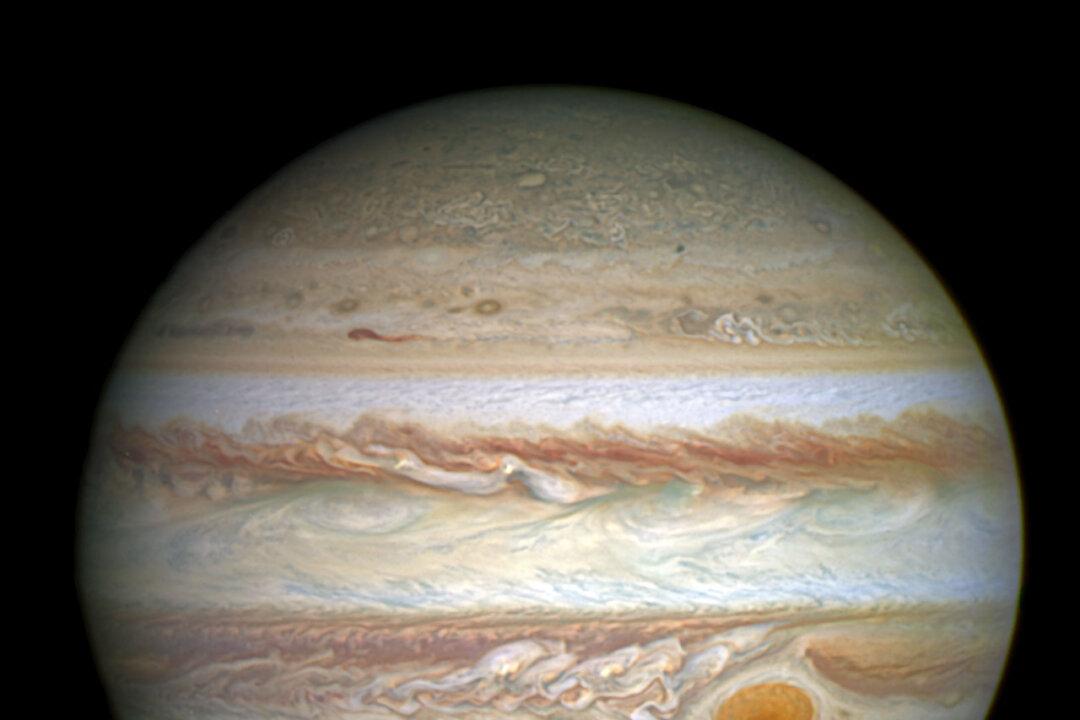The Cassini mission that has investigated Saturn since 2004 has revealed much about the giant planet and its many moons. Perhaps most tantalising is the discovery that the moon Enceladus is the source of strong geysers ejecting plumes of water and ice.
A new study of Cassini data published in Nature by Hsiang-Wen Hsu and colleagues reveals these plumes are laced with grains of sand. This indicates that hydrothermal activity may be at work in Enceladus’ sub-surface ocean, and propels this tiny moon into the extremely exclusive club of locations that could harbour life.
The club’s only current member is Earth, of course – although it’s very possible that Europa, one of Jupiter’s moons, is, like Enceladus, also a candidate. What they have in common is that they host liquid oceans of salty water that exists in contact with a rocky, silicate seabed from which the oceans can absorb complex minerals and elements.
A Bit of a Geyser
With a diameter of just 500km Enceladus is nevertheless the sixth largest of Saturn’s more than 60 moons, orbiting at a distance of just two planet-widths. Cassini has shown that Enceladus is the source of huge geysers of neutral water-rich gas and ice grains erupting at a rate of 100-300kg per second. This makes Enceladus the second most active object, after Jupiter’s moon Io which ejects one tonne per second of sulphur-rich material.



